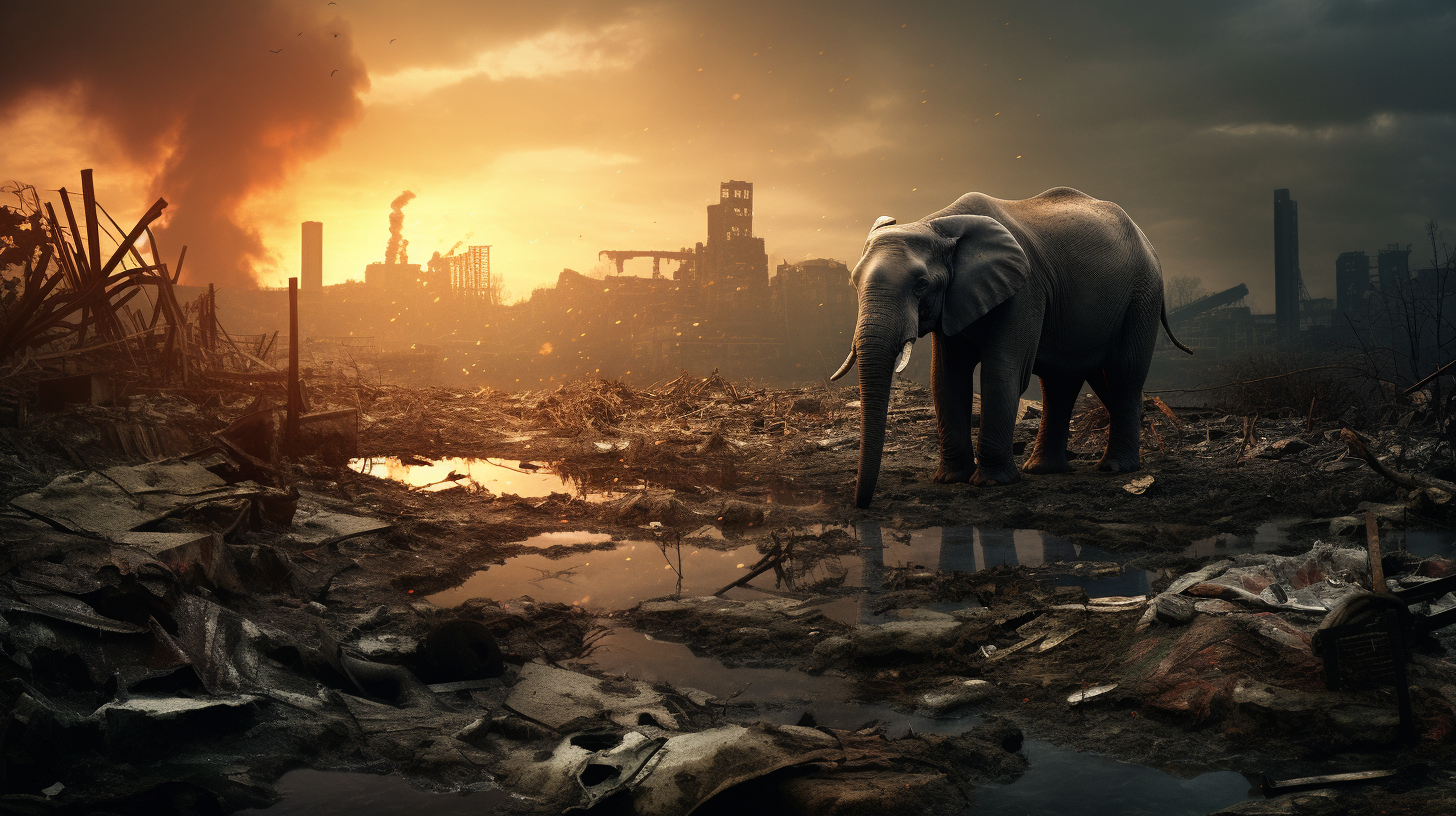In the faded light of what used to be our bustling world, we hear the faint ticking of a clock, unheeded by many, yet relentless and unyielding. This is no ordinary clock, but the harbinger of a terminal countdown—an extinction hour—and its hands move closer to midnight with every passing moment. The Extinction Hour Is Closer Than You Think, a phrase echoed through the silence, brings to the forefront the unspoken reality that humanity is on the cusp of an ecological brink from which there is no turning back.
Once a chimeric notion, the idea of a world starved of biodiversity, scarred with the remnants of industrial negligence, and churning with the turmoil of climate upheaval, now reflects our living portrait. The Earth’s desolate landscapes bear witness to the systematic destruction: deforestation, ocean acidification, and extreme weather events, all contributors to the grand tapestry of demise that cloaks our planet. What stands out, glaringly, is not only the loss of flora and fauna but also the eclipse of humanity’s future prospects.
‘A world rich in life, now impoverished – how did we let it slip away?’ This question haunts the consciousness of those who walk the deserted streets, where silence has replaced the symphony of life. It was in the disregard of early warnings, the willful ignorance of science, and the voracious appetite for progress and convenience that humanity charted its own downfall.
The harrowing evidence is irrefutable—the last sighting of the monarch butterfly was recorded in what now feels like an age ago, the vibrant coral reefs have succumbed to the ‘bleaching epidemic’, and the Arctic ice cap, once mighty and seemingly impenetrable, dwindles into the rising sea. Even the resilience of the human spirit is found wanting, as the devastating reality of this hubris surfaces in the form of persistent food shortages, water scarcity, and ceaseless health crises.
Survival in this dystopian reality is painted in stark hues; grim and unforgiving. The narrative we weave is one of bleak landscapes, broken only by the resilient few who cling to life in the margins—those who remember the forewarnings and live to tell the tale of a verdant Earth, once home to millions of species, now a repository of relics and lost dreams.
As a final stand, communities once scattered and competing coalesce into enclaves, seeking salvage in unity. Adaptation becomes more than a mantra—it is the fabric of existence, woven by necessity. Through the shadows of this planetary requiem, the irony is stark and undeniable: in our longing for the ultramodern, we have forced ourselves into a primitive rebirth.
This is no fairy tale with a twist of redemption, no lighted path drawing us towards a new dawn. The starkness of the vision serves as a chilling reminder for those not yet ensnared in this plight—a chance to heed the earth’s distress signals before the last grain of sand falls in our earthly hourglass.
The article offers not just a mirror to what may come but serves as a stark warning. It urges readers to fix their gaze upon the vestiges of their choices, to witness the slow creaking of the ecosystem’s demise, and to act, albeit in a realm where hope fades into the ghostly processions of time.
